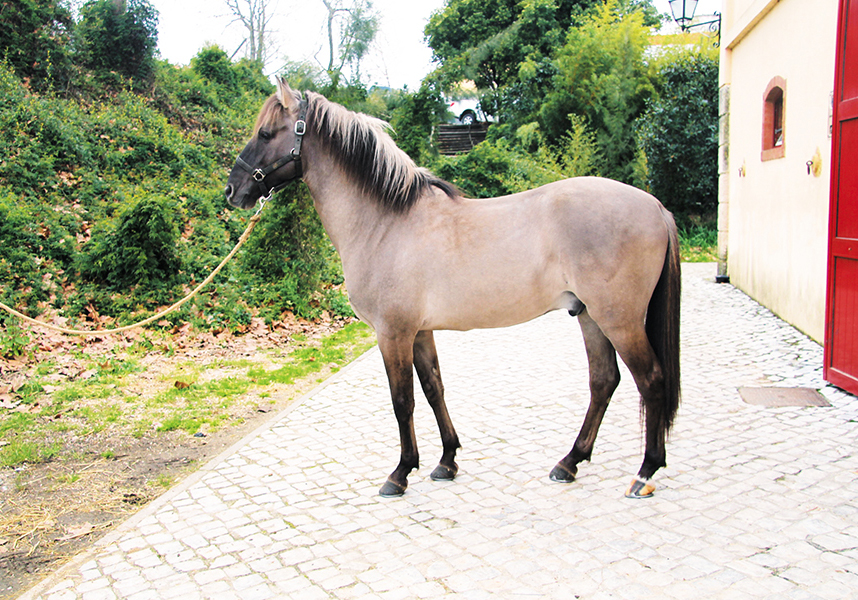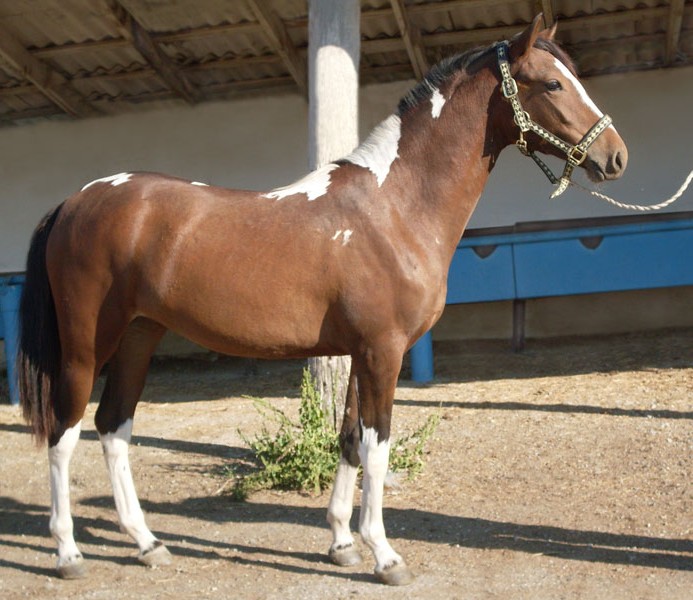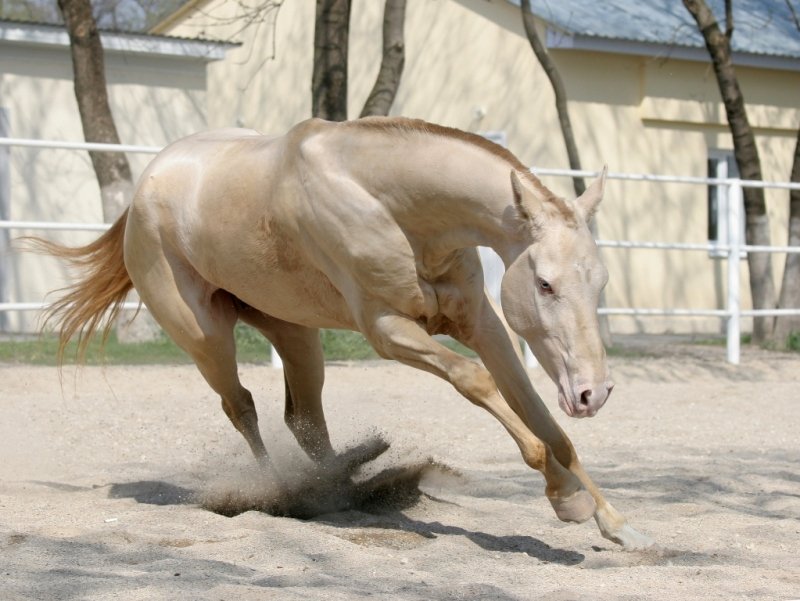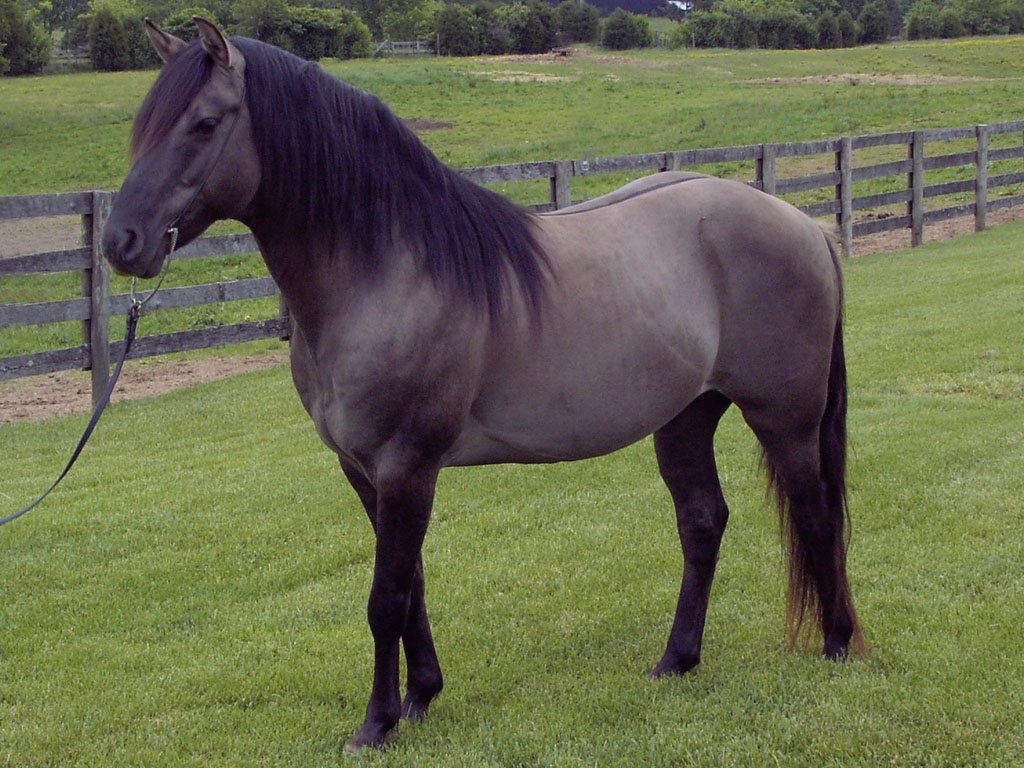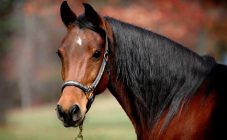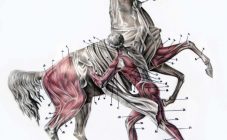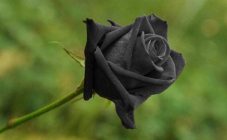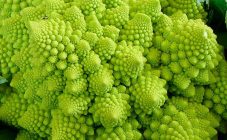Content:
Horses are considered one of the most beautiful and graceful representatives of the animal world. True connoisseurs of these beautiful animals often prefer to purchase rare horse breeds for fabulous money. There are not so many particularly beautiful representatives of noble individuals, and their cost depends on many components: a rare breed, color, age of the animal and its physical condition. Today the Frisian, Akhal-Teke and Arabian are considered the most beautiful horse breeds. If you provide noble creatures with proper and high-quality care, they will delight their owners with grace and grace for many years.
The most beautiful and rare horses
Frisian
The breed first appeared in the northern regions of the Netherlands. The only breed represented by one suit is the black. Beautiful animals of deep black color throughout life have a chic long mane and the same tail. Unusual horses perfectly combine energy and playful disposition with a calm character and good nature.
Sorraya
These beautiful and graceful creatures got their name from the two rivers Sor and Raya, flowing in their habitat - in distant Portugal. The marshland has been the main pasture since ancient times, where the sorraya horse got its own food. Animals have a rather modest appearance of gray color and short stature. Currently, they are on the verge of extinction, so many breeders are engaged in breeding and preserving a unique breed.
Arab purebred
It is known that the first Arabian horses appeared on the Arabian Peninsula. The Bedouin Arabs needed strong and hardy horses, and they bred this breed. Crow is considered the rarest color, and gray and its shades are the most common. Arabian horses of red and bay color are quite common.
American paint horse
This type of thoroughbred horses appeared thanks to the Spanish conquistadors. In North America, paint horses were used by cowboys and local Indians to work with cattle. The small, muscular horse has two opposite colors. Dark spots have a clear shape and look harmonious against a light background. Representatives of this breed are used not only for work on the ranch or for travel, but also participate in equestrian sports.
English purebred
A unique breed appeared in England by crossing representatives of the local breed with the best mares from European and Eastern countries. The colonial country needed hardy and fast animals for various equestrian competitions, hunting and fighting.
The body of a purebred stallion is long and muscular, the behavior can be called calm, but there are representatives with a temper and not always obedient. Beginners do not always manage to immediately cope with a horse in an open area. The color can be bay, red, black and gray.
Oryol trotter
This breed is called by the name of its creator and first owner - Count Alexei Orlov.It was he who, in the era of tsarist Russia, brought out a unique representative of the horse family, capable of running at a frisky trot. The breed is in great demand for exhibitions and racing.
Trotters are mainly represented by gray color of all shades, but other colors are also found - bay, black. The most beautiful colors of horses are gray in apples. The large breed, with a height at the withers up to 170 cm, looks graceful and graceful due to the small size of the head and the elongated neck.
Creamy Akhal-Teke
Horses of this rare and beautiful breed were bred by the Turkmen tribes more than 5000 years ago. The name itself speaks of the nobility and purebred Akhal-Teke people. Their appearance differs significantly from other breeds. The skin of horses is thin, through which a network of blood vessels protrudes. The hair also has a fine and silky structure. The mane is very rare, and during its life it is completely cut off. Common colors of this breed are gray, red, black and bay. Bucky and brown coat colors are less common. A distinctive feature is the silvery or golden sheen of the coat.
Rare varieties of suits
Horses can show their admirers several dozen coat color options. Since ancient times, the color of a horse has served only a protective function. The color helped to hide from predators, disguising itself as the habitat. The process of domestication and breeding of new breeds has endowed these beautiful animals with a variety of shades of wool. Our ancestors believed that breeds with a dark coat were more resilient and resilient. White color can affect infertility, and animals with a gray coat are prone to some diseases.
The rarest and most beautiful horse breeds often have bright and unusual colors. Usually, when breeding new breeds, light shades are suppressed by darker ones, so white and light colors of horses are considered rare. Unusual horse colors are obtained artificially from four basic colors:
- black;
- redhead;
- bay;
- gray.
Now it is worth giving a description of the most popular and beautiful colors of rare horse breeds:
- Redhead with darkening. The mane or tail of red individuals may be much darker or lighter. The eyes of such animals are brown. Temperament and character does not depend on color, but is determined by the characteristics of the breed and the nervous system.
- Crow-roan. In the black color of the horse, with the exception of the head and legs, there are inclusions of white hair, which forms an unusual color. When viewed from a distance, a horse may appear gray or blue. Unlike their congeners, black-roan specimens have a black tail and mane, as well as the lower limbs of the legs. The difference between this suit can be considered the regrowth of mixed hair on the damaged areas of the skin.
- Leopard print. A feature of such individuals is the white color of the coat, on which spots of a different, darker shade are distributed. Typically, the spots are oval and scattered randomly over the body.
- Silver-brown. Representatives of this suit are gray in color, and only with age does the coat begin to acquire a silvery tint. Difficulties often arise when determining the suit of such foals.
- Classic champagne. Individuals of the champagne suit are distinguished by the presence of skin with a pinkish tint, and beautiful blue eyes. The color of the coat is distinguished by an olive or chocolate sheen. The suit is considered one of the newest.
- Golden champagne. Differs from the classic suit with a golden sheen of wool. It is considered the rarest suit among horses.The mane and tail are straw-colored, which looks very impressive together with golden silky hair.
- Tiger gray. Representatives of this color have the presence of dark stripes on the main, lighter background. Such "zebra-like" is observed even on the lower limbs. A dark stripe runs along the ridge of the individual.
- Tiger bay. The dark brown color of the horse, combined with darker stripes all over the body starting from the ridge, demonstrates the majesty and powerful beauty of the thoroughbred.
- Red roan. The suit has a basic red color and there are splashes of white hair throughout the body. Some Roan Horses get darker with age. Such thoroughbred specimens often have dark apples.
- Piebald. This is the name of the breed of horses, whose distinctive feature is the presence of white spots on the main background. The spots are of various shapes and sizes.
- Playful. For these representatives of horses, a red or auburn color is characteristic. The tail and mane are interspersed with snow-white hairs. This contrast creates a dramatic appearance for the individual.
Rare colors of horses attract connoisseurs of these noble animals. Modern wealthy people spend big money on the purchase of rare specimens for their stables to emphasize their status. Many participate in exhibitions and sporting events. Ordinary villagers use horses as good helpers for hard work. All horse breeds have individual beauty and grace.
